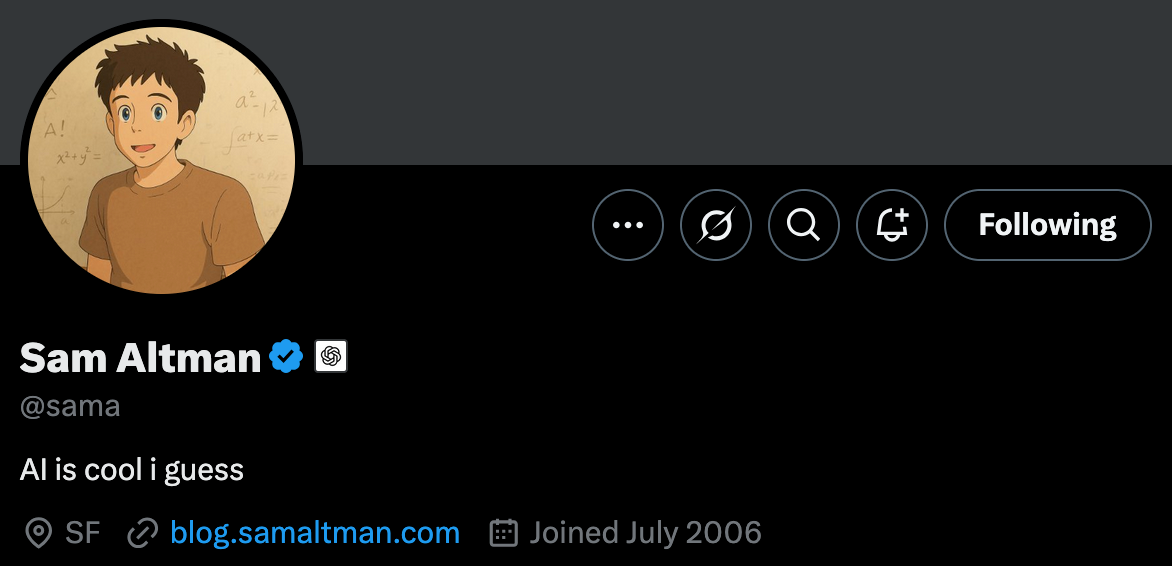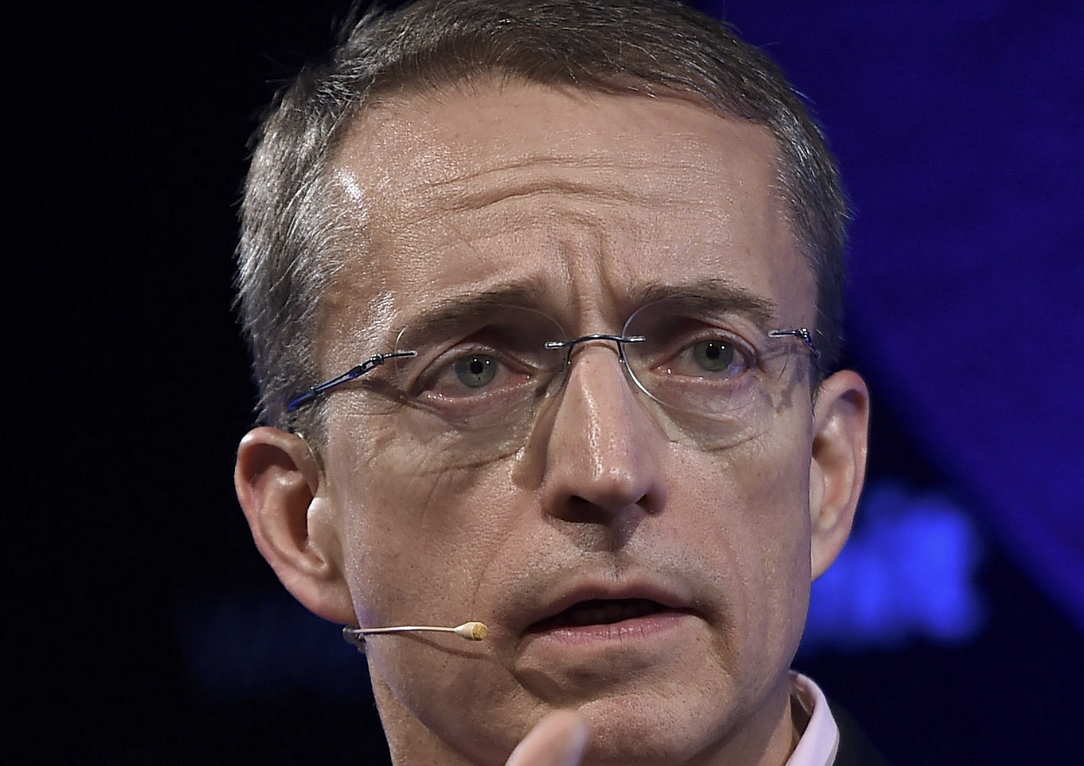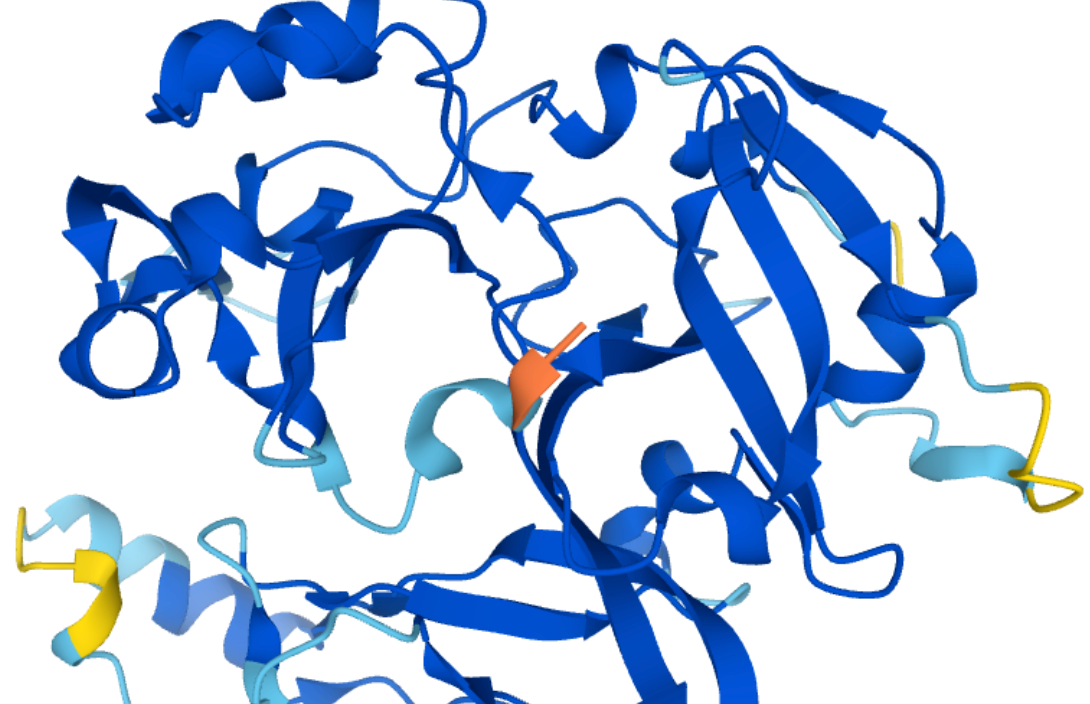Elite Universities Bet Big on Claude's Teaching Skills
Anthropic just turned its AI assistant Claude into a campus-wide teaching tool. Three major universities are bringing it to their

Good Morning from San Francisco,
🎨 OpenAI's latest trick puts Studio Ghibli on notice. Their new image generator nails the animation studio's iconic style – turning anyone into a Totoro lookalike. Even the ever-serious Sam Altman couldn't resist joining the kawaii parade.
🏭 Meanwhile, Pat Gelsinger, Intel's ex-CEO, rolls his eyes at TSMC's $165 billion American adventure. The chip giant builds gleaming factories in Arizona – but the real brainpower enjoys bubble tea in Taiwan. "No R&D, no leadership," he quips.
The world's biggest chipmaker stubbornly marches on. Five new plants will sprout in the desert, while Taiwan watches its "Silicon Shield" crack. American workers demand Taiwan-sized paychecks (shocking, right?). The supply chain creaks. And that innovation magic? Still stuck on an island, sipping more bubble tea.
Stay curious,
Marcus Schuler

OpenAI's latest image generator dropped yesterday, armed with an unusual superpower: it can mimic Studio Ghibli's style with uncanny precision. The secret sauce? They taught it to understand how images connect to each other, not just what they mean.
The proof exploded across social media. Users transformed Elon Musk into a Totoro character. Even OpenAI's CEO Sam Altman jumped on the bandwagon with a Ghibli-fied profile picture.

This new tool flexes serious technical muscle. While older generators stumble with five objects, GPT-4o juggles twenty. It reads text like a proofreader and learns from any image you feed it - leaving competitors like Google's Gemini Flash in the dust.
The timing couldn't be…. spicier. Google just launched its own image feature, which went viral for stripping watermarks. Now OpenAI counters with a style-copying champion - right as they face a major lawsuit from The New York Times.

The Times just scored a win in court. A federal judge green-lit their copyright lawsuit against OpenAI, rejecting the company's attempt to dismiss it. The case challenges how OpenAI gobbles up content from the web to train its AI. Sound familiar? It's exactly what they might have done with Studio Ghibli's artwork.
Legal experts watch with raised eyebrows. Copyright law may not protect artistic style, but OpenAI's pixel-perfect Ghibli mimicry reveals extensive training on their work. Courts across the country are tackling this exact issue right now. Their rulings could shatter the foundations of AI art overnight.
The corporate whiplash gave everyone vertigo. Yesterday: OpenAI launches a Ghibli-style generator. Today: all Ghibli requests blocked. We confirmed this while creating images for this newsletter. Nothing like the sound of lawyers loading their briefcases to trigger an AI company's survival instincts.
Why this matters:
Read on, my dear:

Prompt:
In the twilight of the Li River, the mist dances in the evening breeze and the fishing fires are like stars. The telephoto lens compresses the fishing boat and the reflection, and the moonlight diffraction gilds the water with a silver glow. The super wide angle accommodates the karst peaks and the river, the fisherman casting his net in the mist, the bamboo raft gently rocking, the picture is quiet and poetic, the water waves gently rippling, the 11mm super wide angle accommodates the starlight on the lake and the peaks at the foot of the mountains at the same time.

Pat Gelsinger doesn't buy the hype. Intel's recently ousted CEO claims TSMC's massive $100 billion U.S. expansion won't restore American chip dominance. The reason? All the brains stay in Taiwan.
"If you don't have R&D in the US, you will not have semiconductor leadership," Gelsinger tells the Financial Times. He should know - Intel lost its manufacturing crown to TSMC a decade ago. His own ambitious plan to reclaim that title just got him fired.
Meanwhile, TSMC barrels ahead. The world's biggest chipmaker will build five more advanced facilities and an R&D center in America. Their first Arizona plant already employs 3,000 workers. A second, more advanced facility breaks ground next year. A third joins the parade soon.
Back in Taiwan, citizens watch their "Silicon Shield" - the protective blanket of chip supremacy - start to crack. Their global production share will drop from 71% to 58% by 2030. America's slice grows from 11% to 22%. Some analysts predict U.S. self-sufficiency could hit 50% by 2032.
The price tag keeps climbing. TSMC's U.S. investment ballooned from $12 billion to $165 billion in just five years. Money follows American pressure - U.S. customers buy 70% of TSMC's chips and want backup plans as China flexes military muscle near Taiwan.
Yet practical nightmares emerge. U.S. welders demand ten times their Taiwan wages. Steel prices surge. The supply chain limps along. One chemical executive admits they'll only break even after all six Arizona plants start producing.
Gelsinger, now a venture capital partner, hunts for the next big thing. His firm backs startups working on quantum computing and AI chips. He dismisses Chinese AI upstart DeepSeek: "Good engineering, not core innovation."
Why this matters:
Read on, my dear:
A judge denied music publishers their bid to block Anthropic from using song lyrics to train its AI. While Universal, Abcko and Concord demand licensing fees, Judge Eumi Lee called AI training rights an "open question" – leaving publishers to sing the blues while their lawyers regroup.
OpenAI will integrate Anthropic's Model Context Protocol (MCP) across its products, letting ChatGPT tap directly into company databases and software tools. Sam Altman announced the move on X, praising the open source standard that thousands of businesses already use - though getting AI giants to share their toys still feels like spotting a unicorn in Silicon Valley.
Nvidia wants to rent out its own AI chips now. The semiconductor powerhouse is closing in on Lepton AI – a two-year-old startup that leases Nvidia-powered servers – in a deal worth hundreds of millions. Apparently selling the chips wasn't enough fun.
Nvidia just launched G-Assist, an AI that piggybacks on your gaming GPU to play personal tech coach. The floating helper tweaks settings, charts performance, and even overclocks your graphics card - though its game-coaching skills still need some coaching themselves. For now, it mostly excels at bossing around your LED lights and cooling fans, proving that even AI assistants start with the basics.
Google just yanked Android development behind closed doors, ending 16 years of public code-sharing that helped make the operating system a global hit. The tech giant promises to keep publishing source code after each release, but developers will lose their front-row seat to Android's evolution - though some might argue watching Google's sausage-making process wasn't helping them sleep at night anyway.
WSJ tech columnist Joanna Stern ditched Google Search for AI chatbots and discovered a cleaner future. After a month of testing ChatGPT, Claude, and others, she found they slice through the sponsored-link jungle that Google built - though she warns readers to keep clicking source links, lest journalists like her become endangered species too. 😄
H3C, one of China's biggest server makers, warns it's running out of Nvidia's H20 chips - the only advanced AI processors U.S. sanctions still let them buy. The company plans to dole out remaining stock to its highest-paying customers, proving that even in communist China, capitalism finds a way.
Multiple companies confirmed their stolen data matches Oracle Cloud records, despite Oracle's firm "nothing to see here" stance. The alleged breach exposed 6 million users' authentication data, with the hacker cheekily posting proof on Oracle's own server – before the company hastily took it offline.
Meta faces a tough choice after Brussels slapped it with an $861 million fine: either split Facebook Marketplace into a separate service or let rivals join the party. The tech giant opted for door number two, announcing it will let other classified ad companies pay to list their items - proving that even Mark Zuckerberg can learn to share when hit with a big enough bill.
Prompt:
Renaissance Meets Modernity: "In a timeless workshop strewn with sketches and circuits, Leonardo da Vinci and Nikola Tesla discover they share the same fundamental question: how can innovation serve humanity? As they examine each other's inventions, they reflect on their eras' limitations, their personal struggles with patrons and investors, and their unrealized dreams. What technological convergences emerge from their dialogue? And what would each consider the other's most dangerous idea?"
Tell me more:
👉 Creates a vivid physical setting
👉 Establishes their shared motivations despite centuries apart
👉 Adds specific topics to explore (limitations, funding challenges, unrealized visions)
👉 Poses thought-provoking questions to guide the exploration
👉 Encourages examination of technological ethics through their perspectives

Leading pharmaceutical companies are joining forces to create their own version of AlphaFold 3, Google's acclaimed protein-prediction AI. They're using thousands of protein structures they've kept hidden from the public.
The AI Structural Biology Consortium, including giants like AbbVie and Johnson & Johnson, aims to train their model on proprietary data that dwarfs public repositories. AbbVie alone guards over 9,000 structures in its vault. The companies won't share actual protein data – they'll use a platform that keeps their secrets locked behind corporate walls while training the AI.
AlphaFold 3 excels at predicting protein shapes but stumbles when modeling drug interactions. The consortium believes their treasure trove of protein-drug data could change that. They're building on OpenFold 3, an open-source clone of AlphaFold 3, but don't plan to share their enhanced version beyond member companies.
Why this matters:
Read on, my dear:

Firecrawl transforms messy websites into AI-ready data with a single API call. Born as a side project at Y Combinator, this web-scraping powerhouse now helps tech giants like MongoDB and Coinbase extract structured data without breaking a sweat.
The Founders: Three University of New Hampshire CS grads – Caleb Peffer, Nicolas Silberstein Camara, and Eric Ciarla – launched Firecrawl in 2022 from San Francisco. Their eureka moment struck while building Mendable, a documentation assistant. Frustrated with clunky web scraping tools, they scratched their own itch. Current headcount: 8 wizards. 🚀
The Product: Firecrawl's AI-powered engine rips through websites like a hot knife through butter. Its secret sauce? Natural language prompts that turn plain English requests into structured JSON data. The tool handles JavaScript-heavy sites, dodges CAPTCHAs, and adapts to layout changes without breaking. Available as both SaaS and open-source, it's grabbed 25,000+ GitHub stars in its first year. 🔥
The Competition: Bright Data brings the muscle, Apify packs the features, but Firecrawl zaps them both with its AI smarts. While others force users to write brittle scripts or click through visual builders, Firecrawl just... gets it. The startup's focus on LLM-ready output hits a sweet spot that legacy scrapers missed. 🎯
Financing: Y Combinator led the charge with seed funding, followed by angel investors who've poured in $1.7M total. The exact valuation remains under wraps, but with MongoDB and Snapchat as clients, investors are chomping at the bit. 💰
The Future: ⭐⭐⭐⭐ This fire's just getting started. Firecrawl plans to unleash AI agents for automated web tasks and dive deeper into enterprise features. With web data becoming AI's new fuel, they've lit the right match at the right time. Competition looms, but Firecrawl's blend of community love and commercial muscle gives it serious staying power.
Fuel your morning with AI insights. Lands in your inbox 6 a.m. PST daily. Grab it free now! 🚀